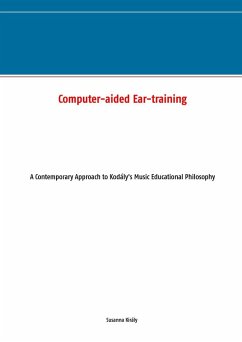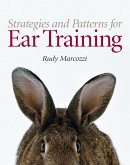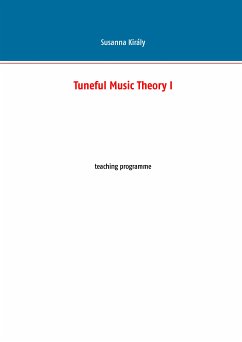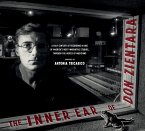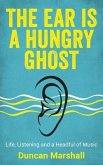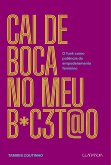My doctoral thesis has involved two related tasks. The first was to analyse Zoltán Kodály's philosophy of music education and, on this basis, to develop a computer-assisted instruction method (CAI) for teaching music theory and solfège (ear-training). The second task was to experiment with the effectiveness of this method and compare it with traditional approaches to teaching. Many student find music theory and ear training difficult. During the 1990s, in connection with my licentiate thesis "Solfège in the Computer Classroom" (2000), I initiated this research project, and developed a CAI method for teaching music theory and solfège. I wanted to see just how useful Kodály's approach could be in computer-aided teaching and learning. The results show that the Kodály approach can be successfully applied to the development of a computer-aided solfège programme and the Kodály system is applicable to new learning environments and teaching practices. In music education CAI is an area with great potential for development. It offers multiple learning options and can enhance students' motivation to study music theory and ear-training; some of the learning outcomes were even better than with the traditional ways of learning. The results also show, however, that the teacher-pupil interaction is essential in a computer-aided learning programme.
Dieser Download kann aus rechtlichen Gründen nur mit Rechnungsadresse in A, B, BG, CY, CZ, D, DK, EW, E, FIN, F, GR, H, IRL, I, LT, L, LR, M, NL, PL, P, R, S, SLO, SK ausgeliefert werden.

